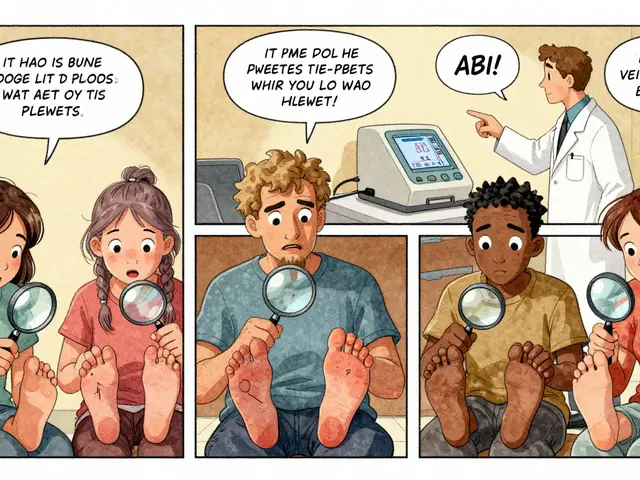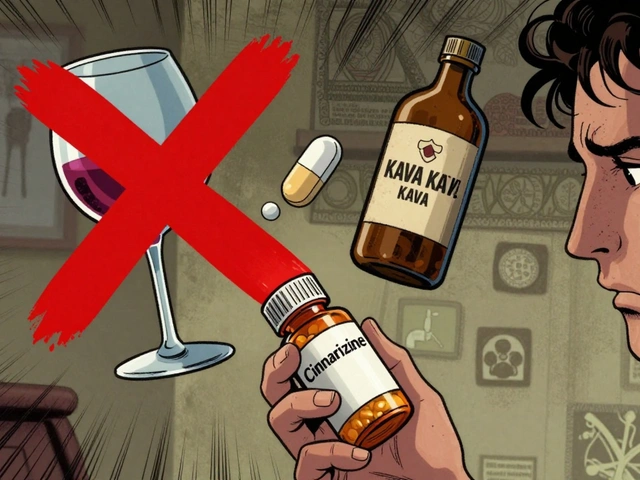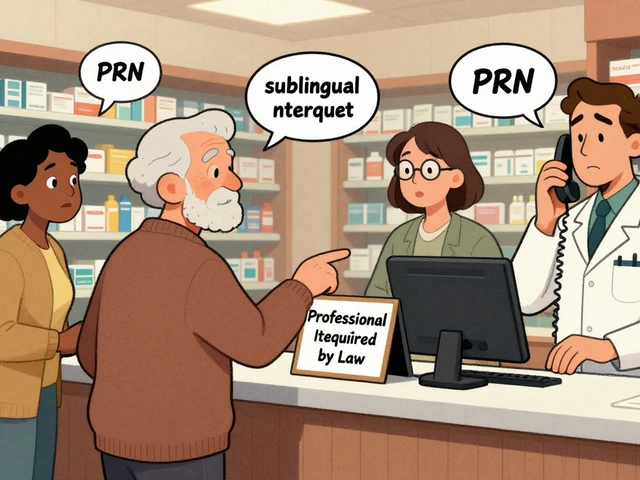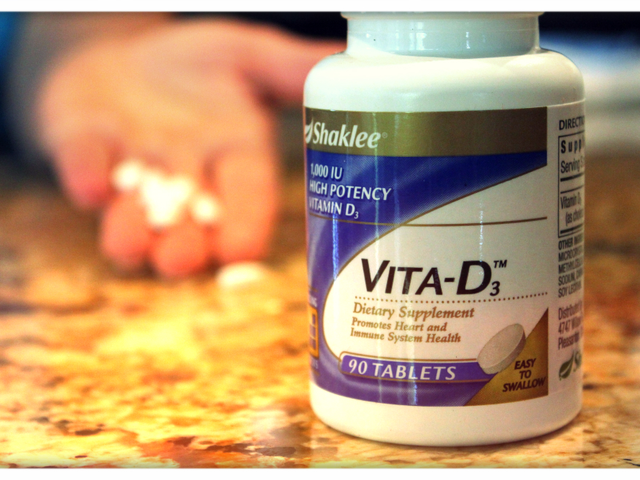Migraines: What Triggers Them and How You Can Find Relief
If you’ve ever felt that pounding pain behind one eye or a throbbing ache that won’t quit, you probably know what a migraine feels like. It’s not just a bad headache – it can mess with your vision, make you nauseous, and leave you wiped out for the rest of the day.
First off, migraines aren’t random. Hormones, stress, certain foods, and even changes in sleep patterns can set them off. Many people notice that chocolate, aged cheese, or caffeine can be a trigger, while others find bright lights or loud noises do the trick. The key is to keep a simple diary: write down when a migraine hits, what you ate, how much you slept, and any stressful events.
Quick Relief Strategies You Can Try at Home
When a migraine starts, act fast. A cool cloth on your forehead or the back of your neck can calm the pounding. Dim the lights, close your eyes, and breathe slowly – deep breaths help relax the muscles that tighten during an attack.
Over-the-counter painkillers like acetaminophen (the star of our "Acetaminophen for Muscle Aches" guide) often work for mild migraines. If you need something stronger, non‑prescription NSAIDs such as ibuprofen are worth a shot, but only if your stomach can handle them.
Hydration matters too. Dehydration is a sneaky migraine trigger, so keep a water bottle handy. A glass of water at the first sign of pain might cut the attack short.
When Prescription Help Is Needed
If over‑the‑counter meds aren’t enough, it’s time to talk to a doctor. Prescription options range from triptans – drugs that narrow blood vessels and block pain pathways – to preventive medicines like certain antidepressants or beta blockers. Our "Prozac: Real Talk" article explains how some antidepressants can double as migraine preventers for people who also struggle with mood issues.
For chronic sufferers, doctors might suggest Botox injections or newer CGRP‑targeting drugs that specifically block migraine signals. These aren’t first‑line treatments but can be life‑changing when daily attacks ruin your routine.
Don’t ignore warning signs. If you get a sudden, severe headache unlike any you’ve had before, or if it’s accompanied by fever, stiff neck, or vision loss, seek emergency care right away – those could signal something more serious than a migraine.
Beyond meds, lifestyle tweaks can reduce how often migraines strike. Regular sleep (go to bed and wake up at the same time), balanced meals, and consistent exercise are proven helpers. If you suspect caffeine is a trigger, try cutting back gradually instead of quitting cold turkey.
Stress management is another big player. Simple practices like short meditation sessions, gentle stretching, or even a quick walk can lower stress hormones that often fuel migraine attacks.
Finally, keep an eye on any co‑existing conditions. For example, people with depression may find their migraines flare up when mood dips – treating the underlying condition can ease both problems.
Migraines are tough, but you don’t have to suffer in silence. Track your triggers, use fast‑acting relief tricks, and talk to a healthcare professional about preventive options. With the right mix of habits and treatments, you can reclaim days that used to be lost to pain.










